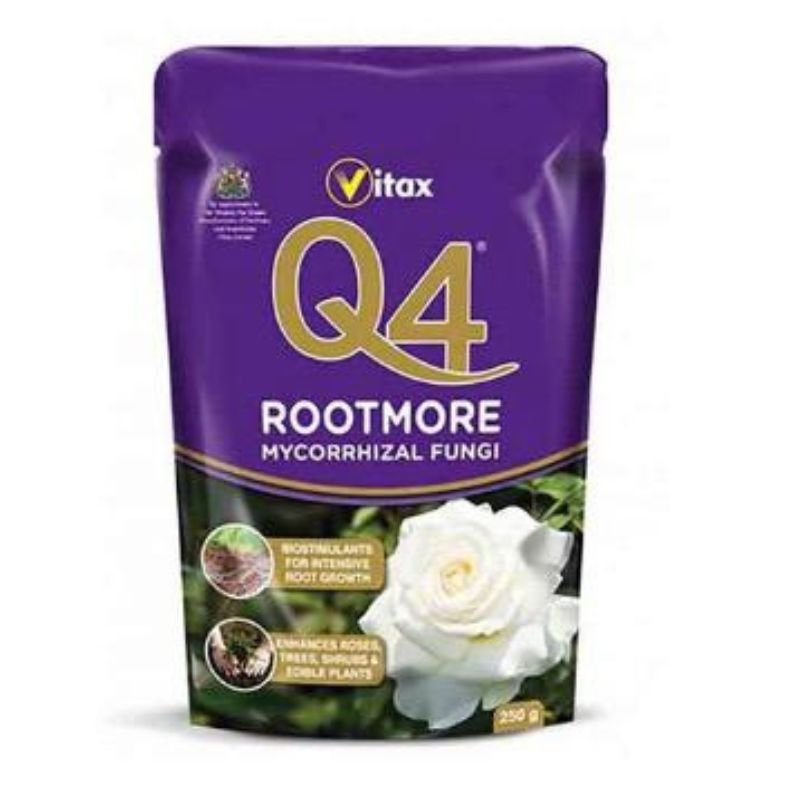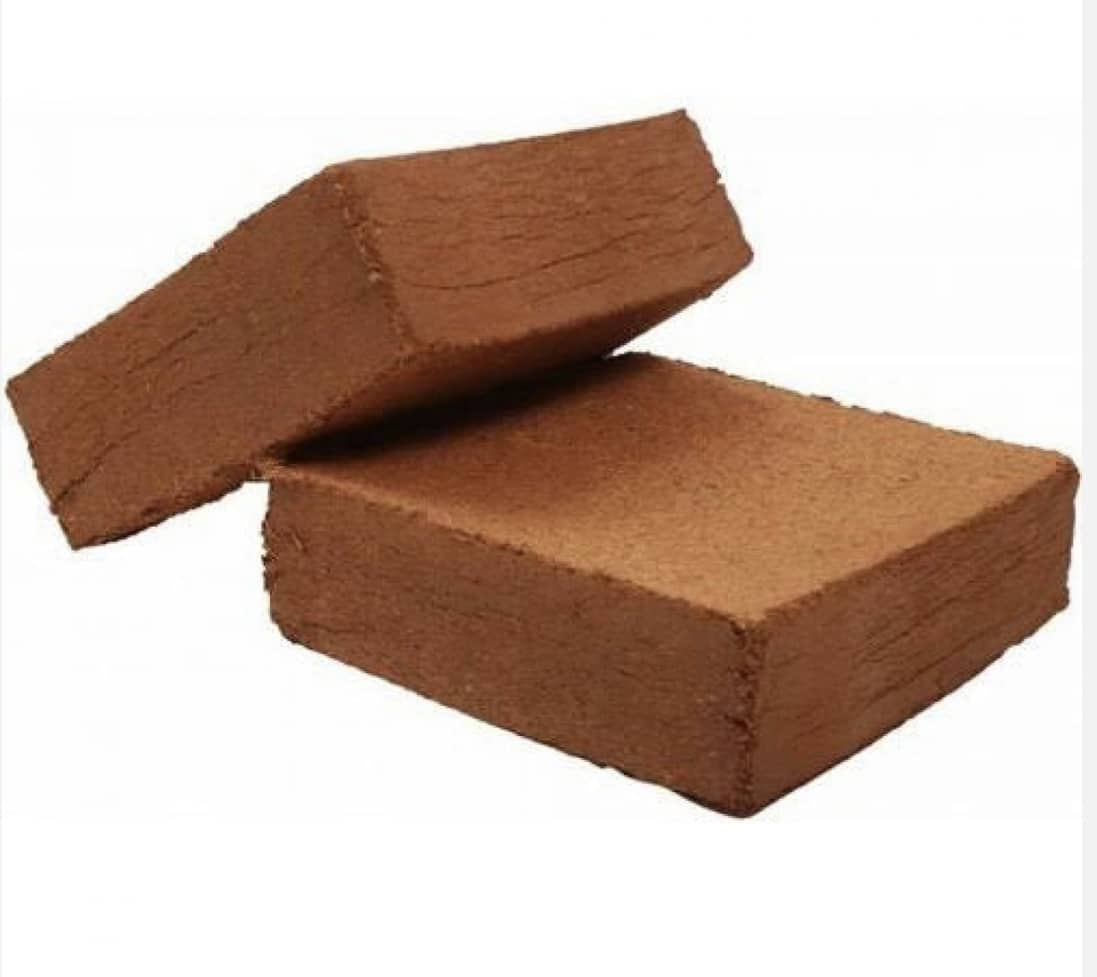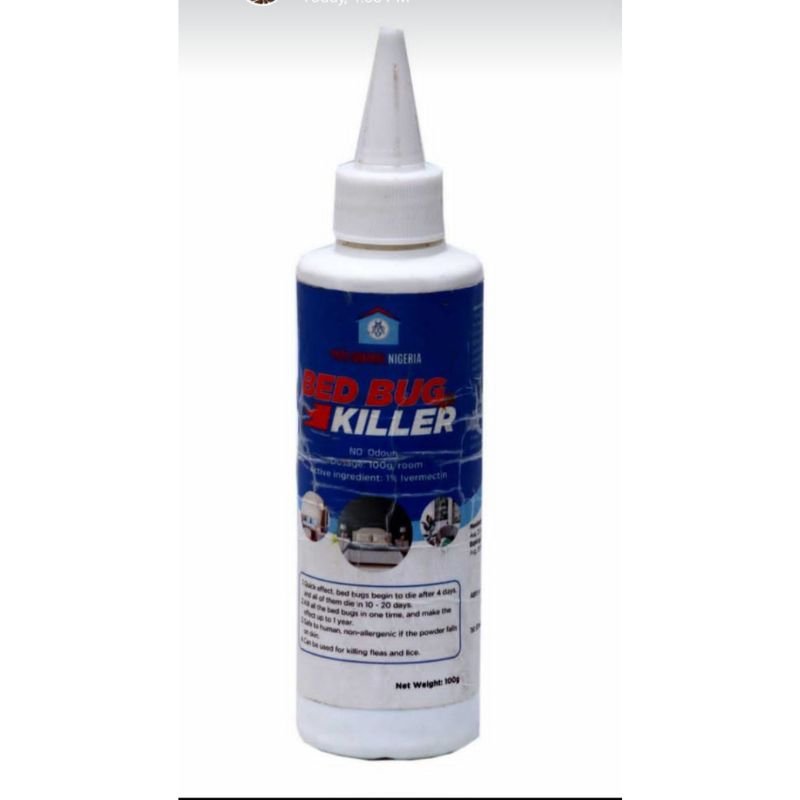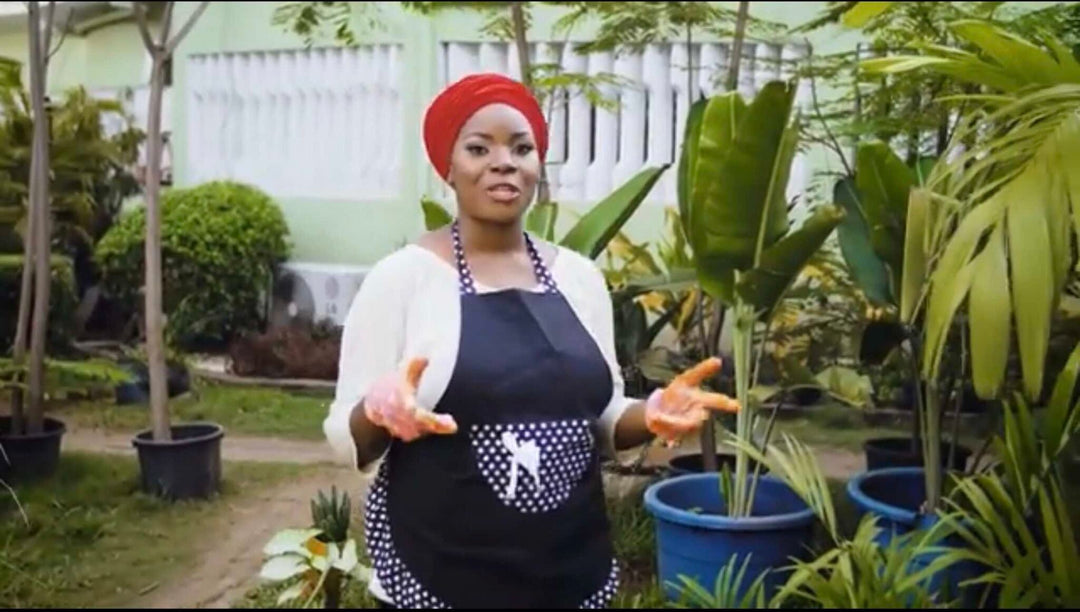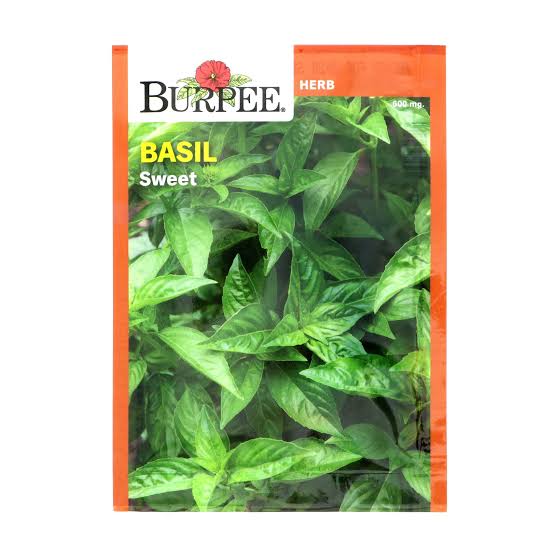Water Gardening
One good thing about gardening is that you can explore many creative ways to beautify your existing landscape. One way is by adding or constructing a water garden. A water garden will add a peaceful and serene element to your space.
If this is your first time starting a water garden, then keep reading because we’ll give you important pointers on water gardening.
Planning the Water Garden
Before you set up any water garden, you must first plan. The first thing you need to consider is your location. Do you have enough space? Remember that the water garden will most likely occupy a larger space in your area.
Consider also the proximity of the location to a water source. You will need to fill the garden with water so the location must be close to your source. Another factor to consider is its visibility. Water gardens must be enjoyed so place them somewhere near a patio or window or in an open space so people can enjoy them.
Sun exposure is also necessary. This depends on what type of plants you are to grow in the water garden. Some plant species require at least 6 hours of light so you must find a place that will give this type of exposure. You can also choose shady areas provided that the plants you’ll grow must be shade-loving.
Choosing the Plants
There are three types of plants that you need to incorporate in your water garden such as floating plants, submerged plants and edge plants.
Floating Plants
These plants are those that can live without soil. They absorb nutrients in the water and act as shade so the light won’t penetrate below the water garden. They should cover 60 to 70% of the water surface to prevent the growth of algae.
Examples of these plants are Duckweed (Lemna), Fairy moss (Azolla), Water hyacinth (Eichhornia crassipes) and Water lettuce (Pistia stratiotes).
Submerged Plants
Submerged plants are also known as oxygenators. They thrive underwater absorbing the dissolved nutrients available in there through their stems and leaves. They need not be fertilized.
The purpose of submerged plants is to serve as sanctuary for fish and also to compete with algae so they won’t grow in the water garden. Keep in mind that submerged plants should be present per 1 to 3 square feet of the pond surface.
The common submerged plants you can use are Canadian pondweed (Elodea), Hornwort (Ceratophyllum), cabomba, hairgrass and sagittaria.
Edge Plants
These plants are also known as marginal or bog plants because they can survive with their crown submerged in water up to three inches below. They have the ability to thrive in consistently moist soil. These are mostly planted on the edges of the pond to create borders and add level to the pond.
From afar, the edge plants are the most visible plants in your water garden. Examples of these are Arrowhead (Sagittaria spp.), Cattail (Typha spp.), Cardinal flower (Lobelia spp.), Marsh marigold (Caltha palustris), Parrot’s feather (Myriophyllum aquatica), Water, iris (Iris laevigata), Water plantain (Alisma), Yellow flag (Iris pseudacorus), Water lilies (Nymphaea L.) and Gunnera (Gunnera manicata).
Installing the Garden
There are two ways to install a water garden. You can either use a hollow container such as a whiskey barrel or dig into the soil to create an in-ground pond. The choice is entirely up to you. Most water gardens should have an ideal depth of at least 18 inches.
Container
If you’re using containers for your water garden, especially the wooden ones, make sure to line the inside with a pre-formed plastic liner to keep water from leaking out. You may also Coat the container with marine grade paint to cover the pores and prevent water from penetrating.
You can also use other types of containers such as old bath tubs, galvanized wash tubs, horse water troughs, and kid swimming pools. You just have to be creative.
Make sure to put plants at the base of the container to prevent water from heating up. This will serve as a shade from too much heat during summer days.
In-ground
For in-ground gardens, you can either create formal shapes or soft-curve shapes depending on the type of design you want. Layout the ground before digging the hole to create the desired shape. Once done, install underlay materials such as landscape fabric, sand, carpet, insulation or cardboard to cushion the liner.
Plan the installation of plumbing and electrical lines. Add the soil, rocks, gravel, plants and other elements needed in your water garden. Fill in the pond with enough water.
You may also add fish such as the colorful Koi to your water garden to add attraction. It will also help regulate the population of mosquitoes.
Caring for and Maintaining the Water Garden
Once installed, you can now enjoy the beauty and calmness in your water garden. However, don’t forget to care for and maintain this garden. Remove fallen leaves on the surface. You may also need to remove excess foliage or divide the plants as they begin to fill out.
Check for the presence of algae and mosquitoes. If the water gets uncomfortably over populated with wildlife, you will have to drain and refill your pond or container.
Local Water Garden Experts
If you need assistance in installing your water garden, contact Mermaid Water Gardens. They are experts who create organic water gardens across Nigeria.


